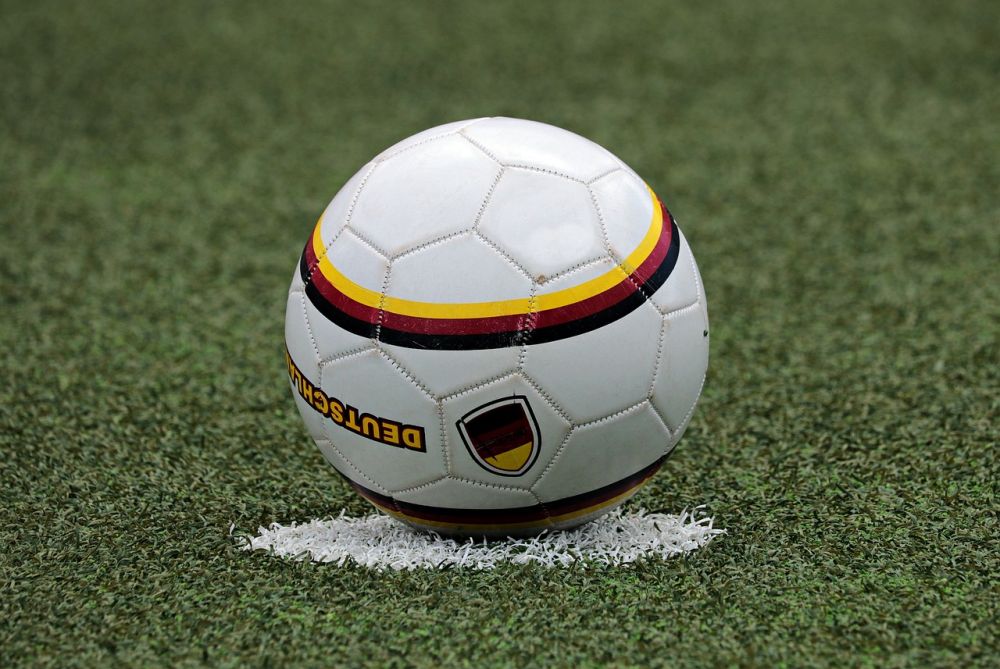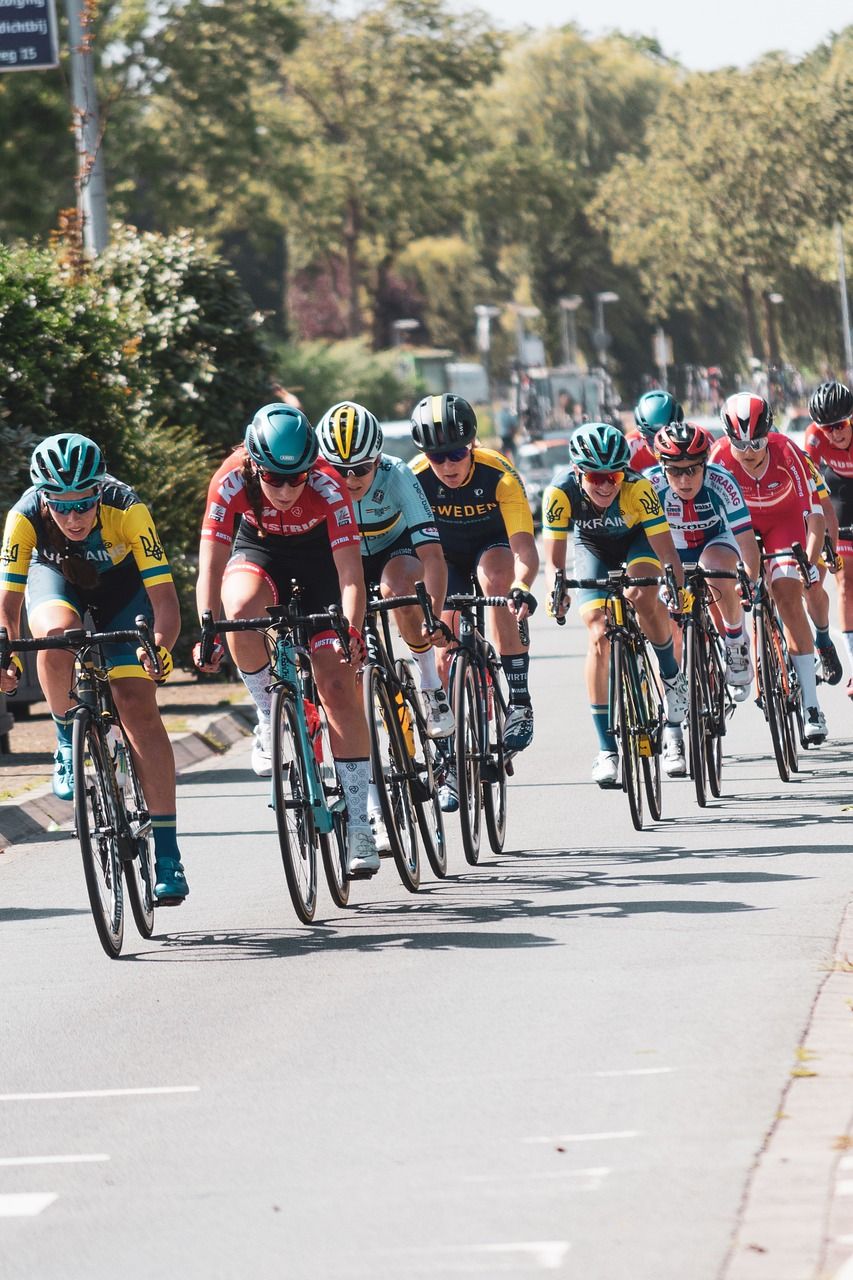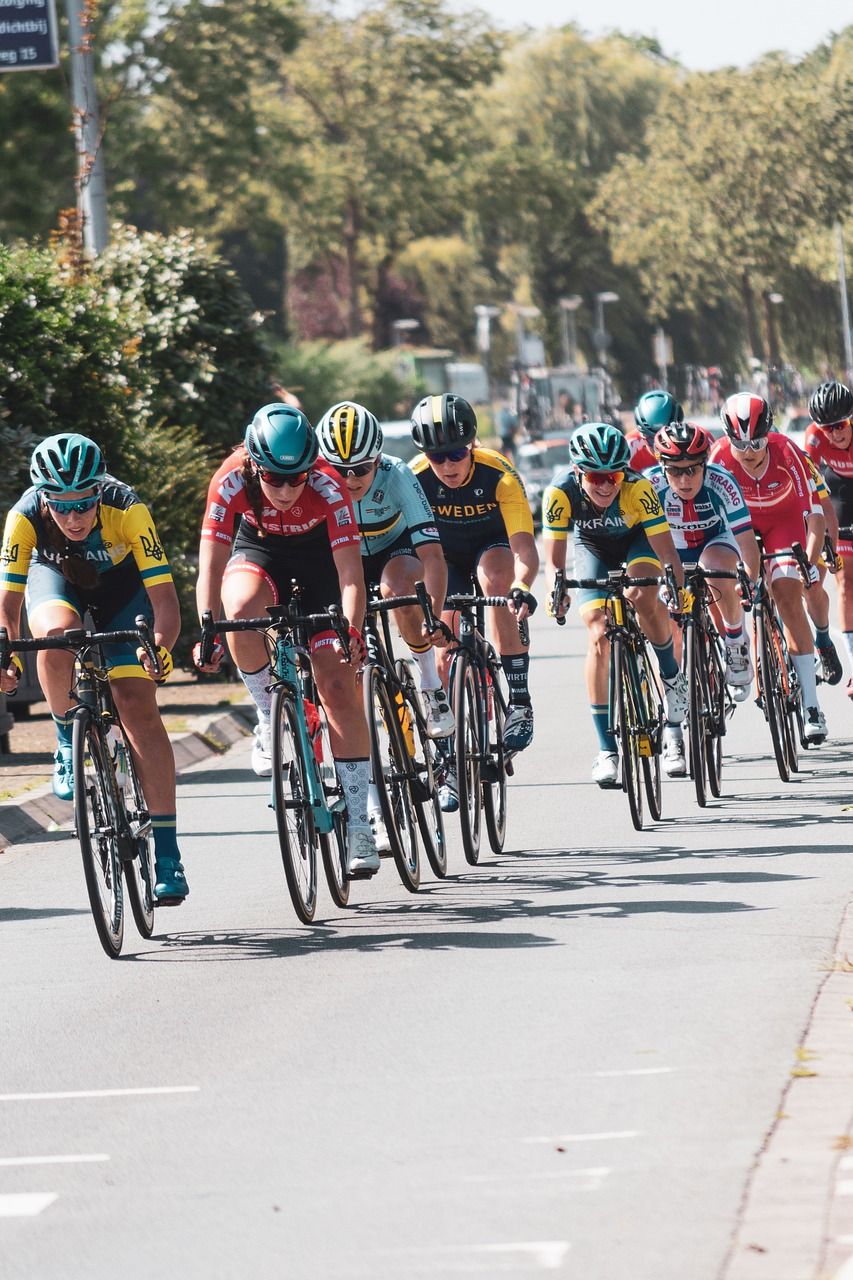Tour de France Standings: A Comprehensive Guide for Sports and Leisure Enthusiasts

Introduction:
The Tour de France is widely regarded as one of the most prestigious and grueling cycling events in the world. Competitors from around the globe come together to battle it out for the coveted yellow jersey, but understanding the intricacies of the Tour de France standings can be a daunting task for newcomers. In this article, we will provide a detailed overview of the standings, their historical evolution, and highlight key points to help both seasoned fans and curious enthusiasts enjoy this exhilarating sporting spectacle.
I. Understanding Tour de France Standings:

To comprehend the significance of the Tour de France standings, it is crucial to familiarize oneself with the various classifications within the race. The standings encompass multiple categories, each with its own unique color jersey. The most prestigious jersey is the yellow jersey, worn by the overall leader in the General Classification (GC). Other notable categories include the polka-dot jersey for the King of the Mountains, the green jersey for the Points Classification, and the white jersey for the Best Young Rider. These jerseys symbolize remarkable achievements in specific categories, adding an extra layer of excitement to the race.
Historical Evolution of Tour de France Standings:
The Tour de France standings have evolved significantly since the inaugural race in 1903. Initially, the focus was solely on the overall winner, with no distinct classifications. However, as the race grew in popularity, organizers introduced different categories to encourage competition in various aspects of the event. The yellow jersey, for example, was introduced in 1919 to distinguish the overall leader, revolutionizing the way fans and riders perceive the race.
Over the years, additional classifications have been added to make the Tour de France more exciting and inclusive. The introduction of the King of the Mountains classification in 1933 recognized climbers’ prowess, while the Points Classification in 1953 honored sprinters. These additions brought a dynamic twist to the standings, allowing riders with diverse skills to earn recognition and engage spectators on a broader level.
Today, the Tour de France standings reflect the race’s rich history and serve as a testament to the efforts of dedicated athletes who strive for excellence across several distinct categories.
Understanding Featured Snippets for Improved Visibility:
In a digital age where search engines dominate information retrieval, featuring as a snippet in Google search results is a valuable opportunity. Structuring the content to increase the likelihood of obtaining a featured snippet can boost visibility and attract a larger audience. By incorporating bulleted points, subheadings, and strategic use of keywords, this article aims to provide the necessary information in a digestible format that is attractive to search engines and readers alike.
Conclusion:
The Tour de France standings encapsulate the essence and competitiveness of this iconic cycling race. From the inception of the yellow jersey to the introduction of additional classifications, the standings have evolved to recognize and honor various skills and achievements. Whether you are a seasoned fan or a curious enthusiast, understanding the standings adds depth and excitement to your viewing experience. So, gear up and get ready to witness the thrilling battles unfold in the pursuit of those coveted jerseys in the Tour de France.
Note to the editor: Please insert the video at the designated location.
















































